In the field of medical injection molding, surface streak defects not only affect the appearance quality but may also lead to microbial growth risks due to cleaning dead spots or stress concentration, directly impacting the safety of medical devices. This article systematically analyzes the causes and solutions of streak defects from the perspectives of material selection, mold design, and process parameter optimization, taking into account the special requirements of the medical industry.
I. Streak Mechanisms Caused by Medical-Grade Material Characteristics
1. Control of Recycled Material Proportion
Medical injection-molded parts have stringent requirements for biocompatibility, and the addition of recycled materials must comply with ISO 10993 standards. Experimental data shows that when the proportion of recycled polypropylene (PP) exceeds 40%, the area of whitish streaks increases by 38% - 65%. It is recommended that the proportion of recycled materials in exterior parts be ≤ 30% and in structural parts be ≤ 40%, and ensure that the recycled materials have undergone 121°C high-temperature sterilization treatment.
2. Treatment of Hydrolysis-Sensitive Resins
Special engineering plastics such as polyether ether ketone (PEEK) and polyphenylsulfone (PPSU) need to be dried in a 120°C oven for 6 - 8 hours, and the moisture content should be controlled below 0.02%. A medical catheter manufacturer encountered silver-like streak defects on the product surface due to insufficient drying. After extending the drying time to 10 hours, the defects were eliminated.
3. Dispersibility of Additives
Medical-grade color masterbatches need to be pre-dispersed using a twin-screw extruder. A blood glucose meter manufacturer used un-pre-dispersed color masterbatch, resulting in periodic color spots on the product surface. After switching to pre-dispersed color masterbatch, the defect rate dropped from 12% to 0.3%.
II. Key Control Points in Mold Design
1. Optimization of Runner System
Medical products usually have wall thicknesses ranging from 0.5 - 2 mm, and the flow length ratio is recommended to be controlled within 120:1. A blood glucose meter housing had obvious flow streaks on its surface because the flow length ratio reached 180:1, causing the melt front temperature to drop by 15°C. By enlarging the main runner diameter from Φ8 mm to Φ10 mm and increasing the number of gates from 4 to 6, the defects were fundamentally improved.
2. Innovation in Venting System
Medical molds require vacuum venting systems, and the depth of venting slots should be controlled between 0.01 - 0.02 mm. A surgical instrument handle mold reduced air streak defects on the product surface by 90% after adding 0.03 mm deep venting slots on the parting surface. For micro-structured products, porous metal venting steels (such as PM-35 from Hitachi, Japan) can be used instead of traditional venting slots.
3. Temperature Control of Hot Runner
Medical-grade hot runners need to be equipped with independent temperature control modules, and the temperature fluctuation should be controlled within ±2°C. An insulin pen needle seat mold had burn marks on the product surface due to a temperature deviation of ±5°C in the hot runner. After adopting a high-precision temperature control system, the defects were eliminated.
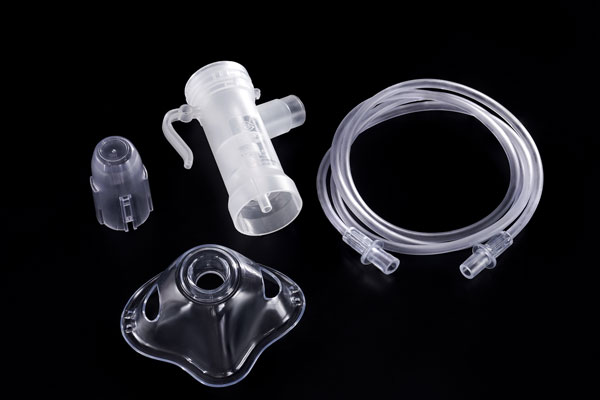
III. Fine-Tuning of Process Parameters
1. Graded Control of Injection Speed
Adopt a "slow - fast - slow" three-stage injection method:
-
The first stage speed is controlled at 10 - 20 mm/s (filling the core mating surface)
-
The second stage speed is increased to 50 - 80 mm/s (filling the main body)
-
The third stage speed is reduced to 20 - 30 mm/s (packing and holding)
A blood collection tube cap mold improved the weld line strength of the product from 18 MPa to 32 MPa by using this strategy.
2. Optimization of Packing Pressure Curve
Medical products require multi-stage packing:
-
The first stage packing pressure is set at 80% of the injection pressure (lasting for 2 s)
-
The second stage is reduced to 60% (lasting for 3 s)
-
The third stage is reduced to 40% (lasting for 5 s)
An artificial joint component mold controlled the sink mark depth of the product within 0.05 mm by using this process, compared to 0.15 mm before.
3. Precise Management of Mold Temperature
For crystalline materials such as polycarbonate (PC) and PPSU, the mold temperature should be controlled at 20 - 30°C above the glass transition temperature (Tg) of the material. A dialyzer housing mold completely eliminated surface streak defects by increasing the mold temperature from 80°C to 105°C, and the surface gloss of the product increased from 60 GU to 90 GU.
IV. Special Defect-Specific Solutions
1. Hidden Streaks (Weld Line)
-
Optimize gate position: Place the gate at the thickest part of the wall and keep a distance of ≥ 5 mm from the weld line
-
Vibration injection technology: Apply 20 - 50 Hz micro-vibration during the packing stage to eliminate more than 80% of weld lines
-
Laser welding pretreatment: Perform 1064 nm laser treatment on the parts to be welded to increase the weld strength by 30%
2. Silver Streaks
-
Vacuum drying system: Use -0.095 MPa vacuum drying, which is 40% more efficient than conventional drying
-
Screw combination optimization: Use a barrier screw (L/D ≥ 22:1) with a compression ratio of 2.5:1
-
Back pressure control: Maintain the back pressure of medical-grade materials at 8 - 12 MPa to ensure uniform plasticization
3. Stress Streaks
-
Annealing treatment: Place the product in an 85°C oven for 2 hours to eliminate 80% of internal stress
-
Mold polishing: Use #1500 grit sandpaper with diamond polishing paste to achieve a surface roughness of Ra ≤ 0.05 μm
-
Mold release agent selection: Use silicone-based mold release agents (concentration ≤ 0.5%) and avoid paraffin-based products
V. Construction of Quality Control System
1. Online Inspection Technology
Adopt a machine vision system for 100% full inspection with a detection accuracy of 0.01 mm. A blood collection tube manufacturer reduced the streak defect miss rate from 15% to 0.2% after deploying this system.
2. Cleanliness Verification
Medical products need to be produced in an ISO 14644-1 Class 7 cleanroom, and the number of surface particles (≥ 5 μm) should be ≤ 3500 per m².
3. Bioburden Control
The injection molding process should comply with ISO 13485 standards, and the surface bioburden of the product should be controlled at < 10 colony-forming units (CFU) per piece. An implant manufacturer reduced the surface microbial count of the product from 15 CFU/piece to 3 CFU/piece by optimizing the mold cooling water circuit.
Conclusion
The solution to streak defects in medical injection-molded parts requires the establishment of a "material - mold - process - inspection" four-in-one control system. By adopting advanced technologies such as high-precision temperature-controlled molds, multi-stage injection processes, and online quality inspection, combined with the ISO 13485 quality management system, the surface quality of medical products can reach a mirror finish (Ra ≤ 0.1 μm) and meet the requirements of FDA, CE, and other international certifications. In actual production, it is recommended to establish a defect database and continuously optimize process parameters through big data analysis to achieve dynamic control of quality costs.
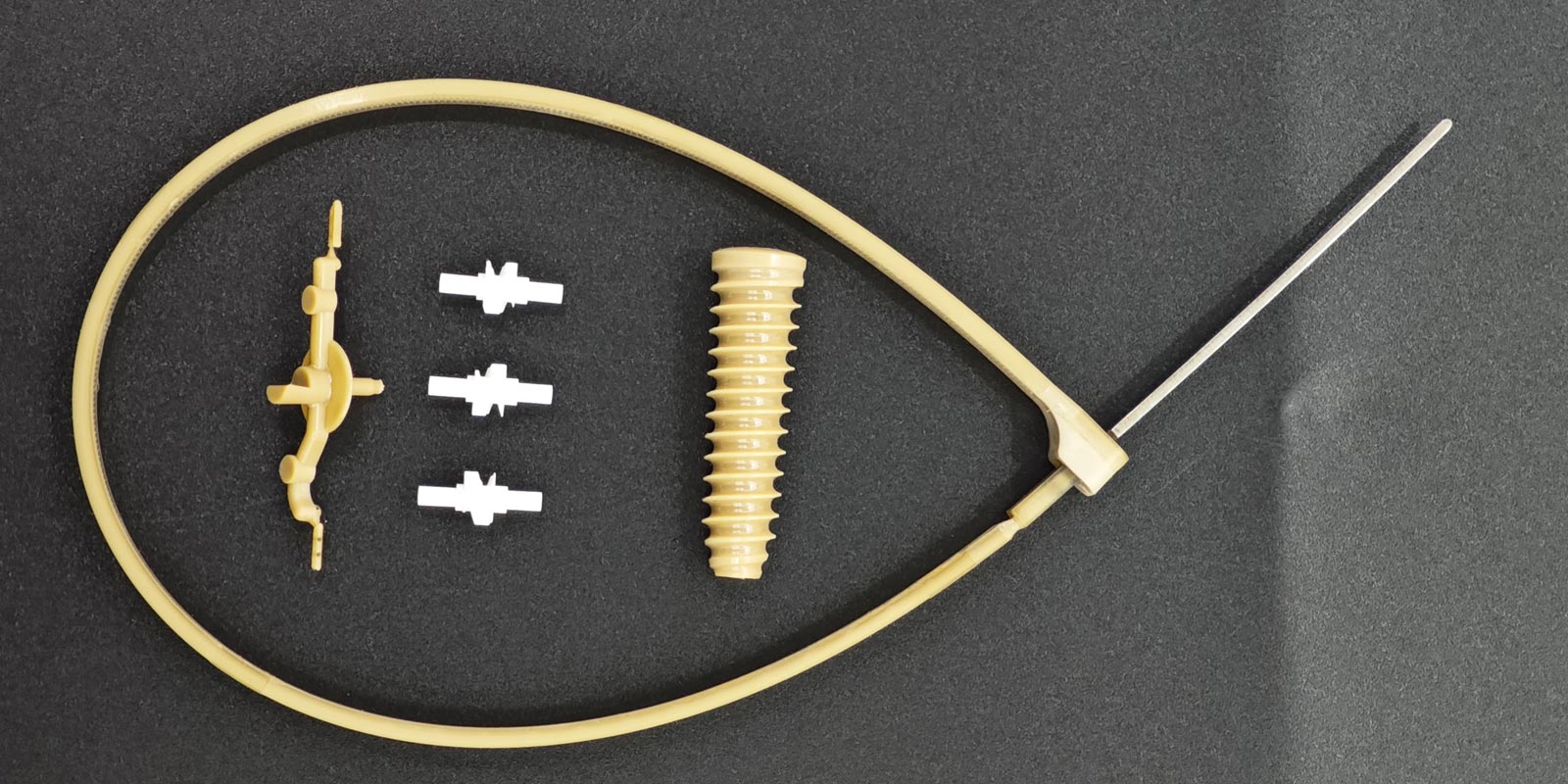
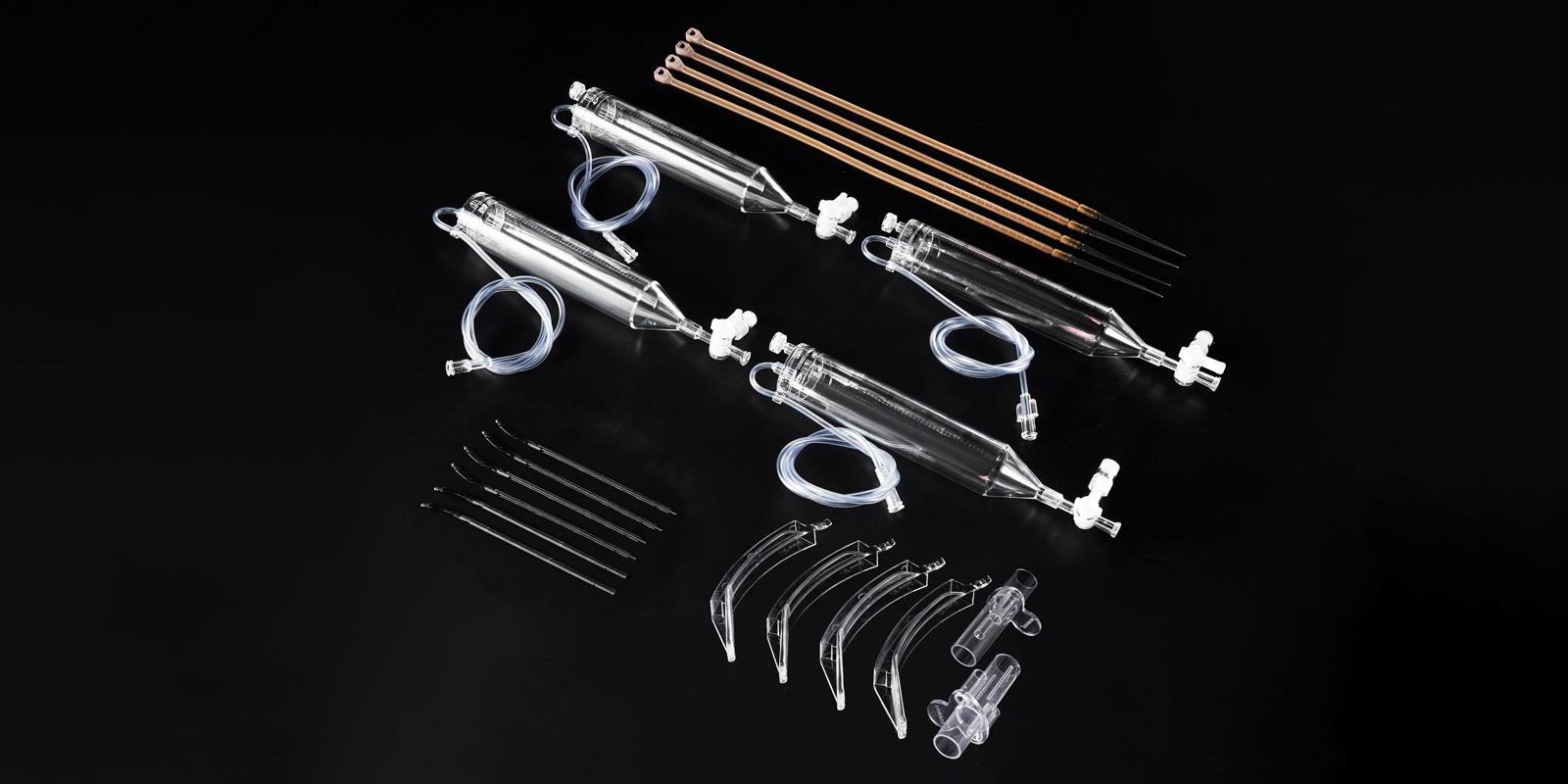
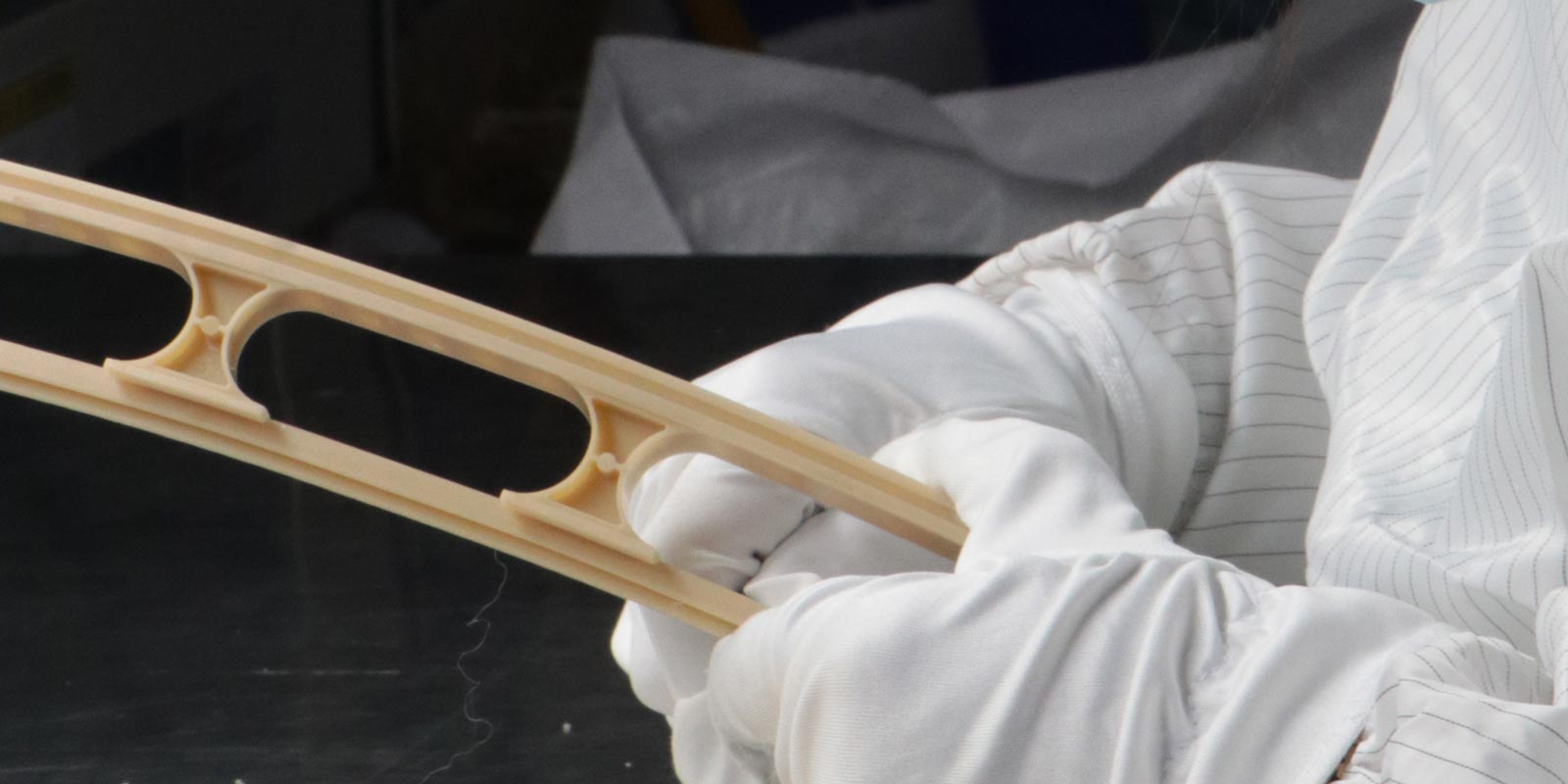
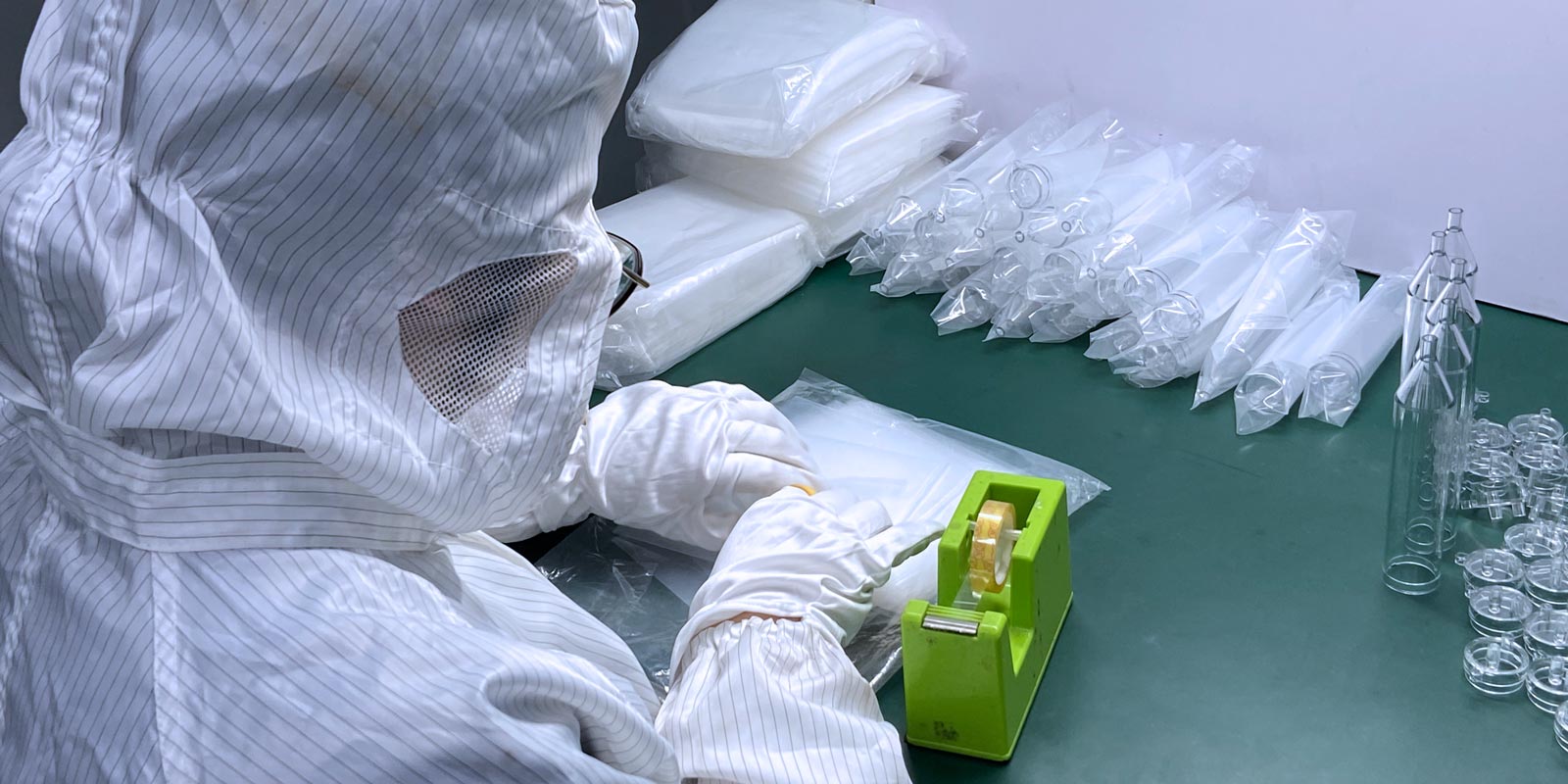
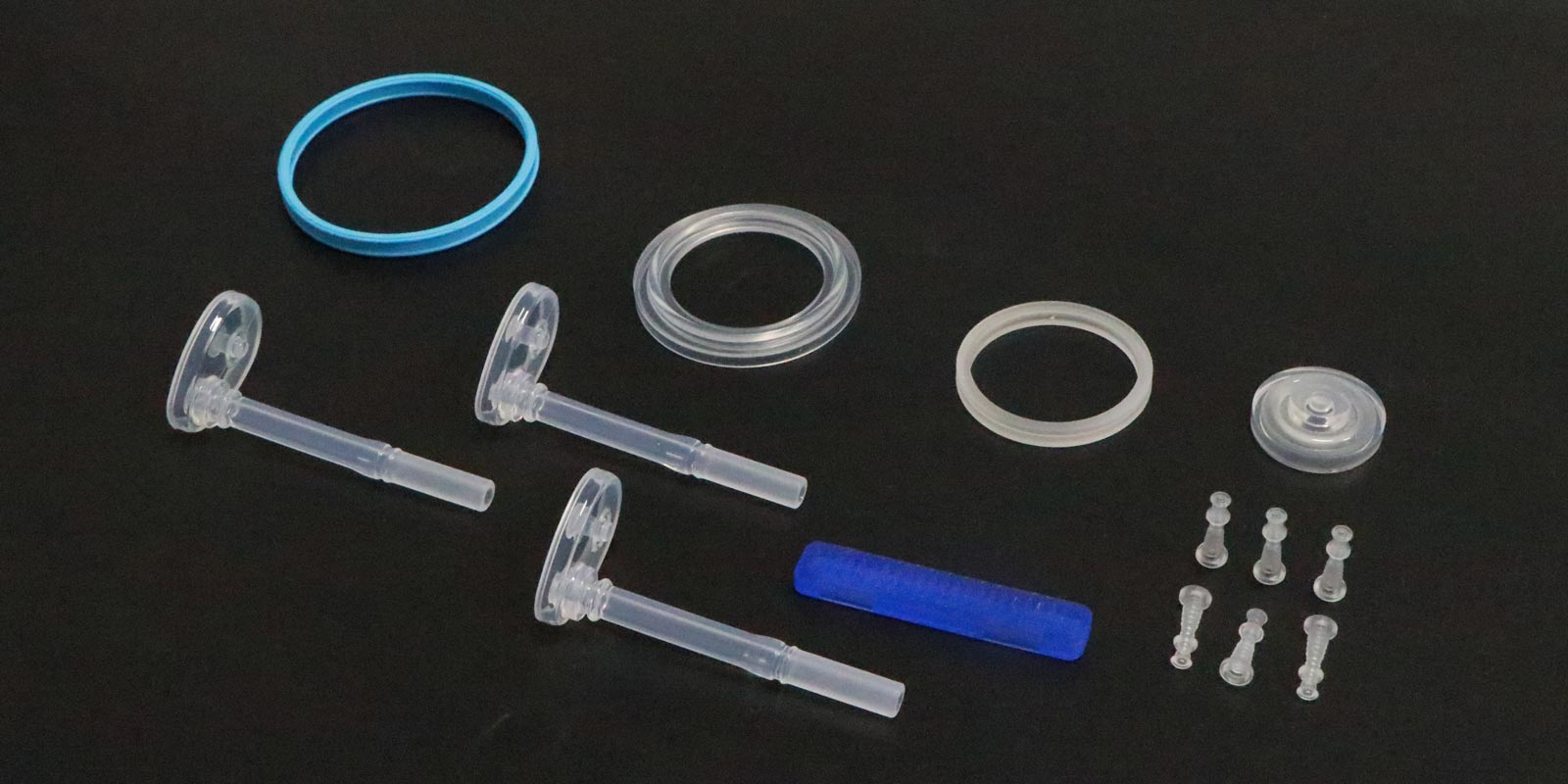

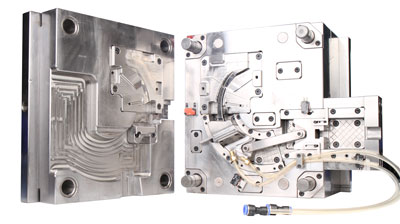
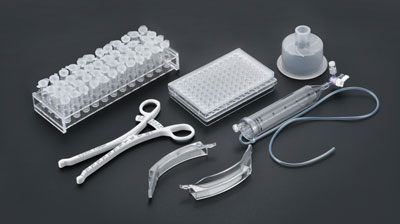








 Home
Home
